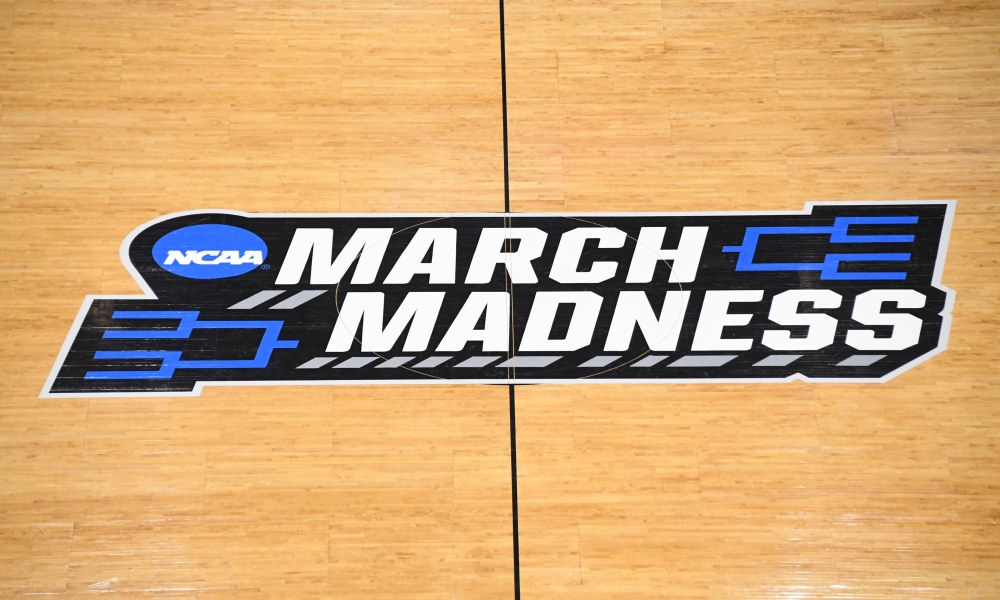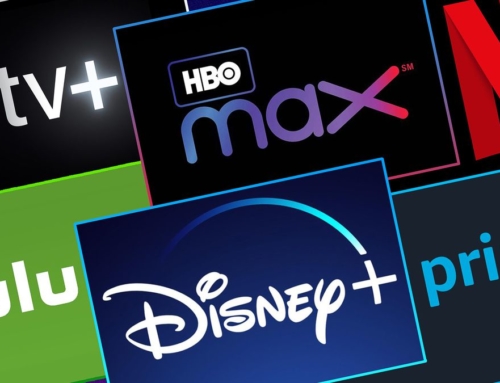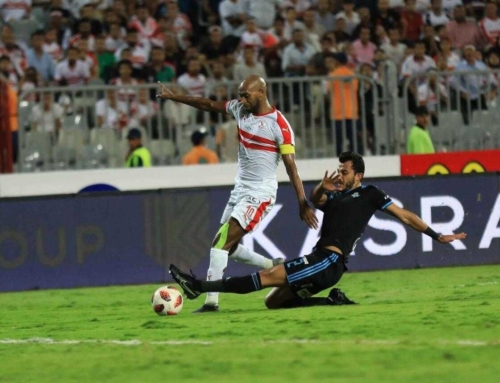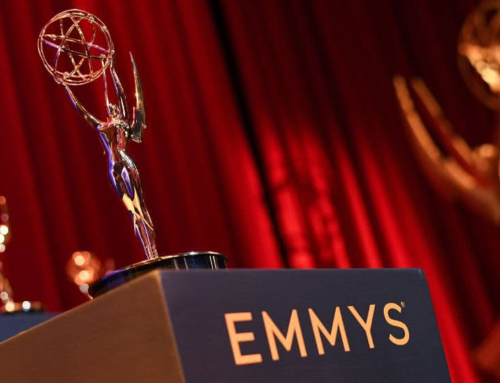The NCAA Tournament, commonly known as March Madness, is one of the biggest sporting events of the year in North America. Whether you follow college basketball or not, you’ve undoubtedly heard the phrase March Madness before and witnessed, in some form or another, the pandemonium that it creates among its fans each year. For the uninitiated, here is your complete guide to understanding March Madness.
The NCAA Tournament is a single-elimination basketball tournament that features 68 teams from colleges across the United States. These teams compete in seven rounds of games in an effort to win the national championship. Over the years, this prize title has come to be considered a prestigious one.
March Madness began in 1939, when the National Association of Basketball Coaches decided to hold a nationwide tournament. The idea originated at with Ohio State University with coach Harold Olsen.
The first tournament featured just eight teams, with the Oregon Ducks claiming the first national prize. The tournament continued from then on, taking place in March each year.
In 1951, the tournament doubled its size to feature 16 teams. This slow but steady expansion continued until 1985 when the tournament reached the modern format that we know it as today, with 64 teams included in total.
Why Is It Called March Madness?
The term March Madness was first used in reference to basketball by an Illinois high school oficial named Henry V. Porter in 1939. At the time, March Madness was used to describe a statewide high-school basketball tournament that had grown to include 900 schools competing in the sport. In an attempt to evoke the pandemonium that high school basketball had created in Illinois, Porter wrote an essay entitled “March Madness” for the Illinois Interscholastic. The name then stuck with the statewide tournament through the 40s and 50s.
Although it had been used for decades in Illinois, the term March Madness didn’t become synonymous with the NCAA tournament until 1982, when CBS broadcaster Brent Musburger used the term during coverage of the tournament that year.
Following this, the Illinois High School Association attempted to trademark the phrase in 1989 but was unsuccessful. In 1996, the IHSA and NCAA began to feud when the high school association sued GTE for distributing a CD-ROM game which used the title “March Madness.” The NCAA claimed that they were in possession of a common-law trademark on the phrase that enabled them to licence it at will. A 7th Circuit Court sided with the NCAA. However, the ruling was vague and would allow for future litigation. Considering this, both the NCAA and IHSA agreed to form the joint holding company known as the March Madness Athletic Association. This gave the IHSA ownership of the phrase at the high-school level while the NCAA gained ownership of a perpetual licence to the use the phrase at the college level.
This precedent then led to the Kentucky High School Athletic Association striking a similar deal when the NCAA began using the phrase “Sweet Sixteen” to describe the 16 teams left in the final stages of the tournament. At the time, the KHSAA had trademarked the phrase for their annual championship tournament. The two sides struck a similar deal, agreed to give the NCAA a licence to use the phrase during the March Madness tournament.
The NCAA now also owns complete trademark to the phrases “Elite Eight” and “Final Four,” which are used to describe the penultimate rounds of teams in the tournament.
Teams are selected for the March Madness tournament in two ways. Firstly, each of the 32 Division 1 conferences receives an automatic bid. These bids are awarded to the teams that win their respective postseason conference tournament. These teams are referred to as “automatic qualifiers.”
The other method of qualification is referred to as an “at-large bid.” In this method, following all regular season games and conference tournaments, a selection committee consisting of 10 members of school and conference administrators meets on what is known as “Selection Sunday.” This committee then handpicks which of the 36 remaining teams that were not deemed as automatic qualifiers possess the necessary skills to compete in the NCAA Tournament.
How is March Madness Played?
March Madness consists of the following seven rounds:
- The First Four (games between the four lowest-ranked at-large teams and the four lowest-ranked automatic-bid teams)
- The First Round (64 teams competing)
- The Second Round (32 teams competing)
- Sweet Sixteen (16 teams competing in regional semi-finals)
- Elite Eight (8 teams competing in regional finals)
- Final Four (4 teams competing in national semi-finals)
- The National Championship
Although UCLA has won the most March Madness tournaments (with a record 11 wins), there is a great deal of fanfare each year as basketball fans across the country place bets and fill out personal brackets on who they think will take the prize that year. Through its long history, March Madness has come to be celebrated as a major sporting event each year, with television broadcasts of games bringing in massive ratings across major broadcasters including CBS and ESPN. Broadcasts of the games on CBS alone bring in $500 million annually for the NCAA (90% of the organizations annual profit). This year will be no different, with bracket opinions filling up the social-media feeds of sports fans across the country. With humble beginnings, the NCAA has turned March Madness into a phenomenon that stands to rival the most prominent sporting events and leagues each and every year.











Leave A Comment
You must be logged in to post a comment.